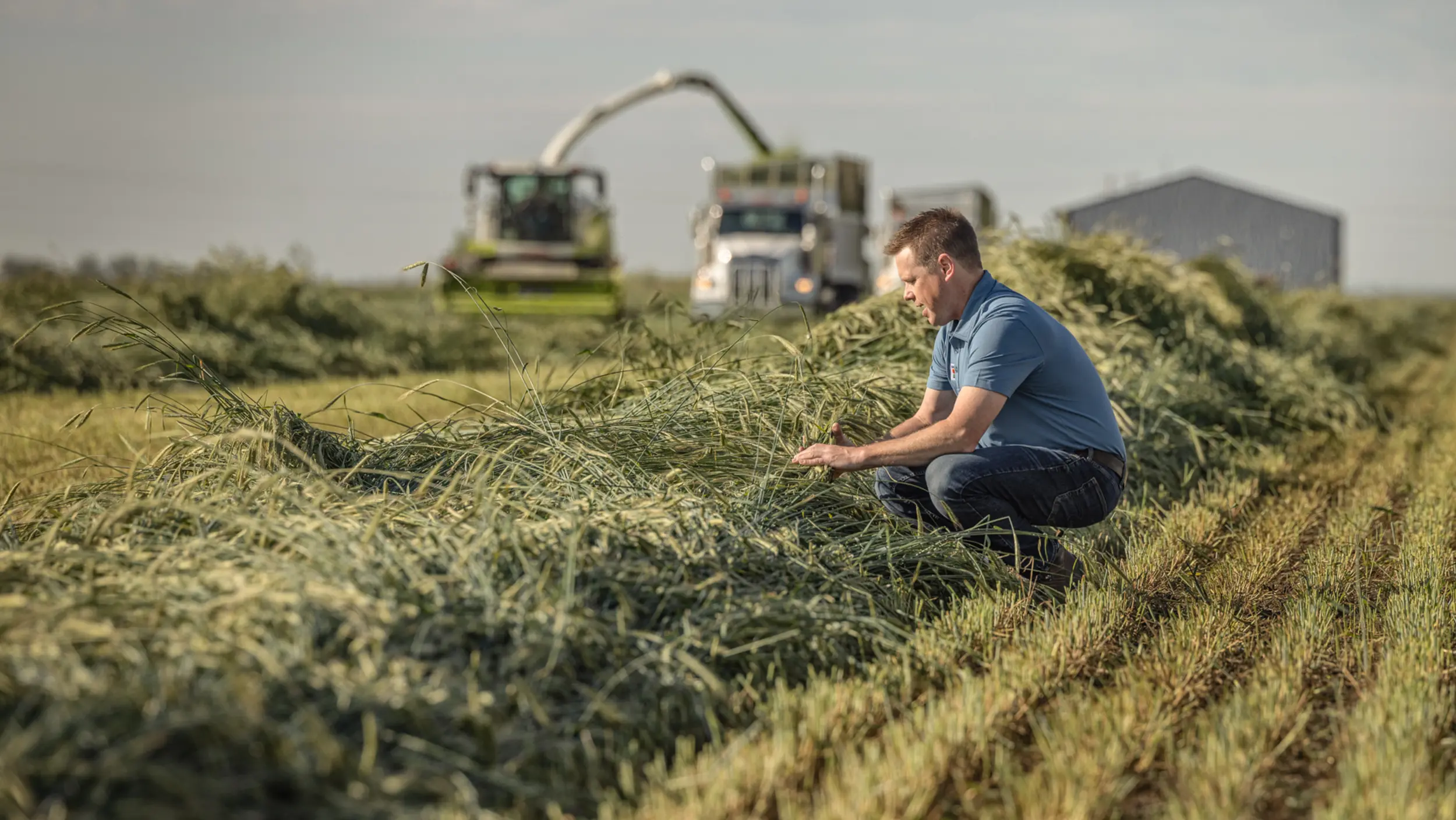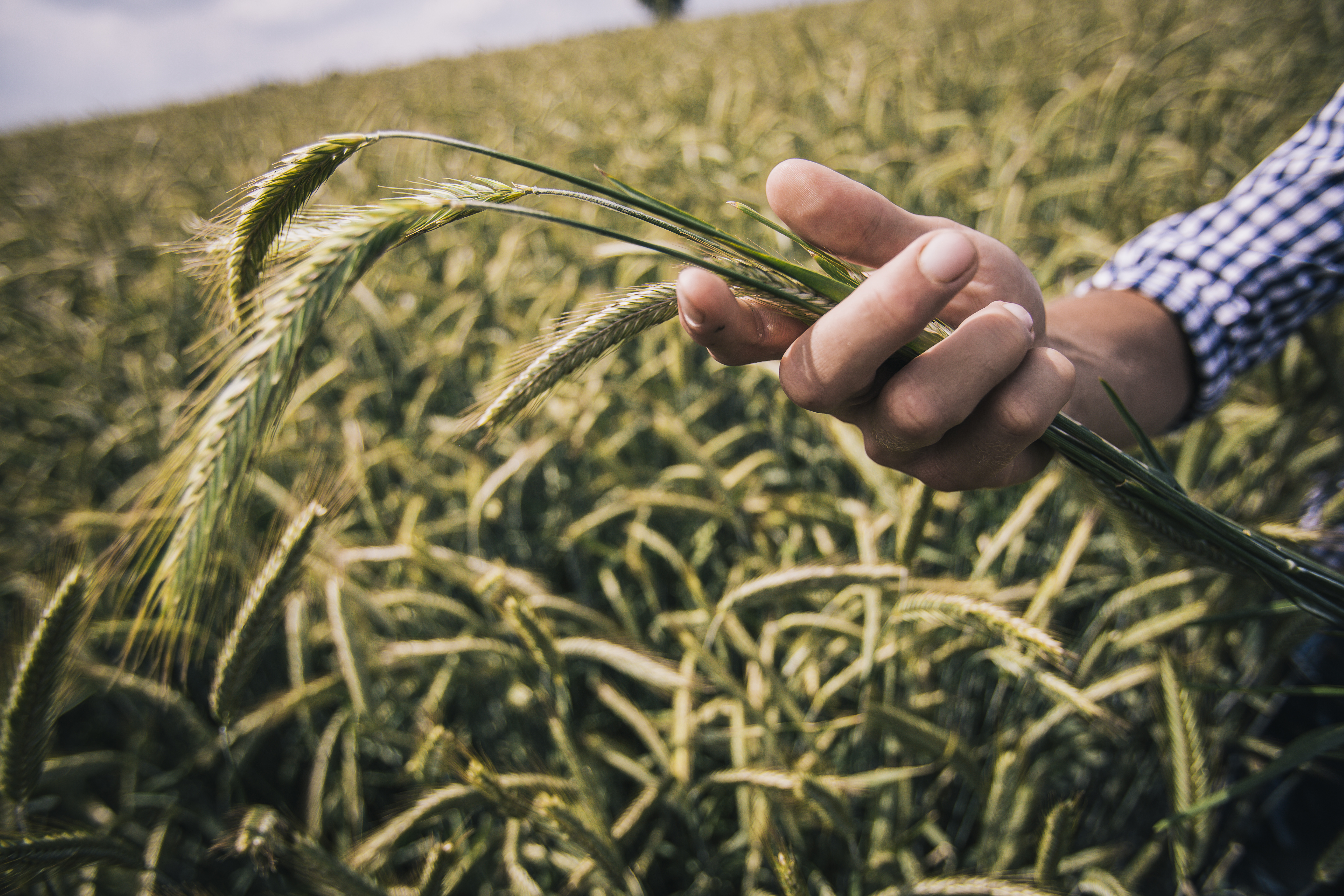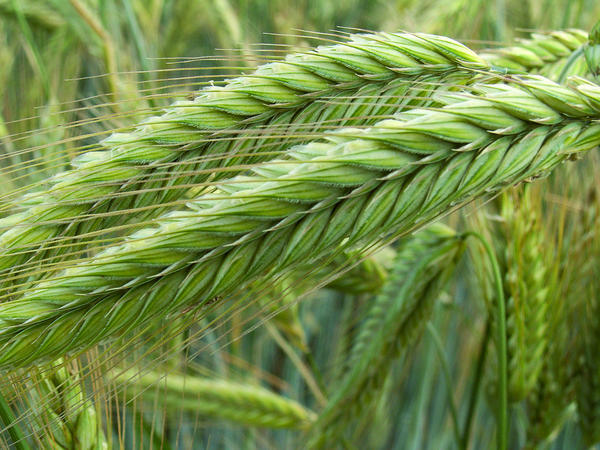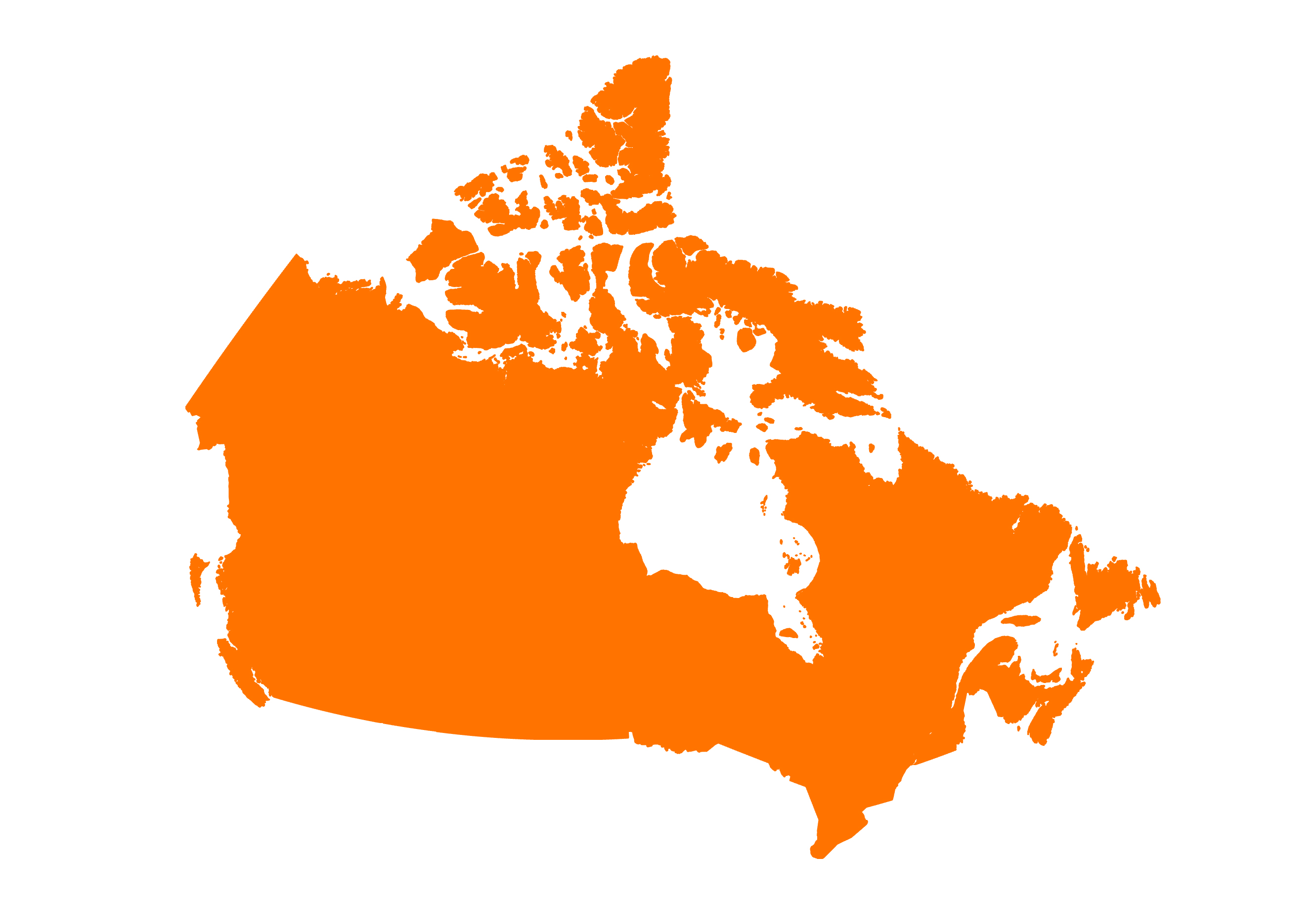-

KWS Agronomy
Expert knowledge on farming, from sowing to harvest
From sowing to harvest KWS advises you about important agricultural issues. In addition to our helpful tools & calculators, we have combined our expert knowledge and experience of sowing, plant growth management or harvest to support you in your decision-making.
Hybrid Rye Media Center Visit to find more KWS Hybrid Rye News & Media







